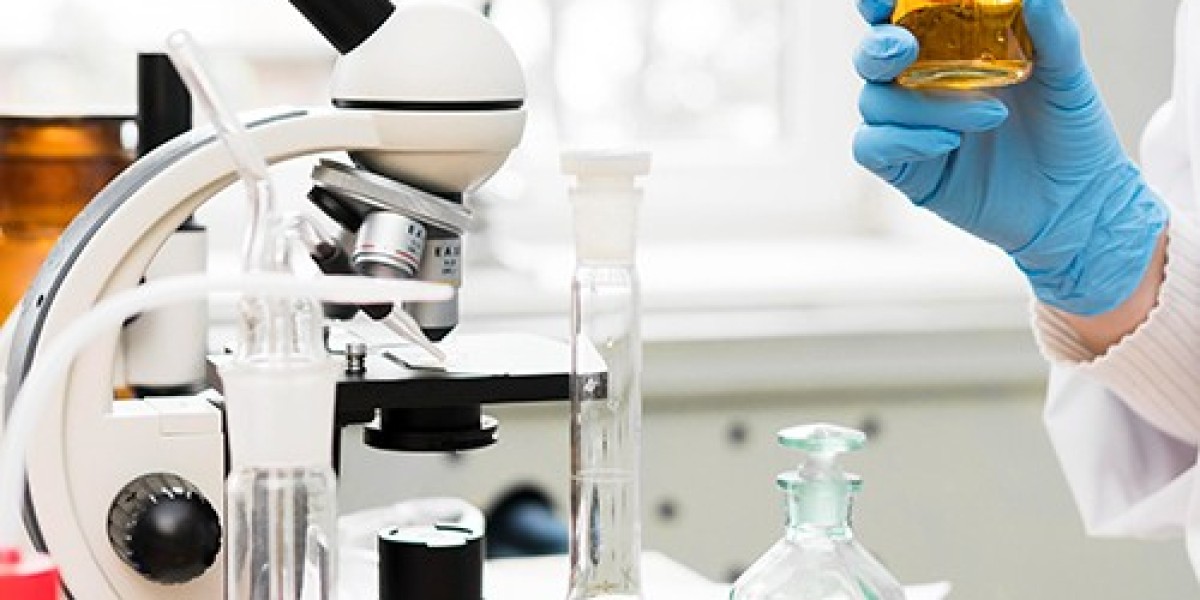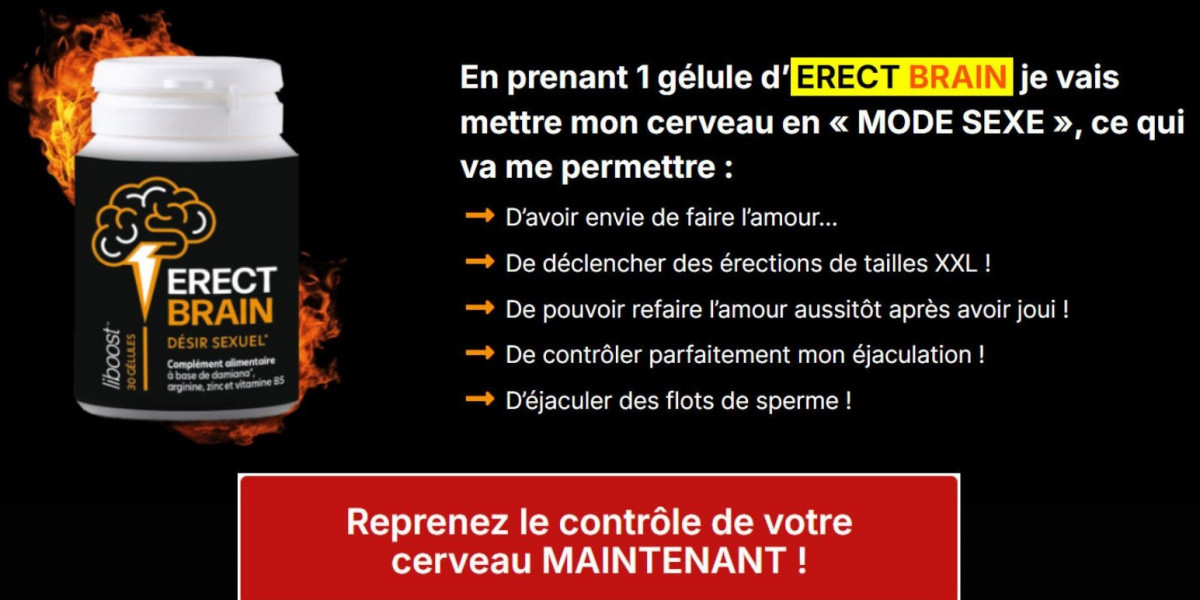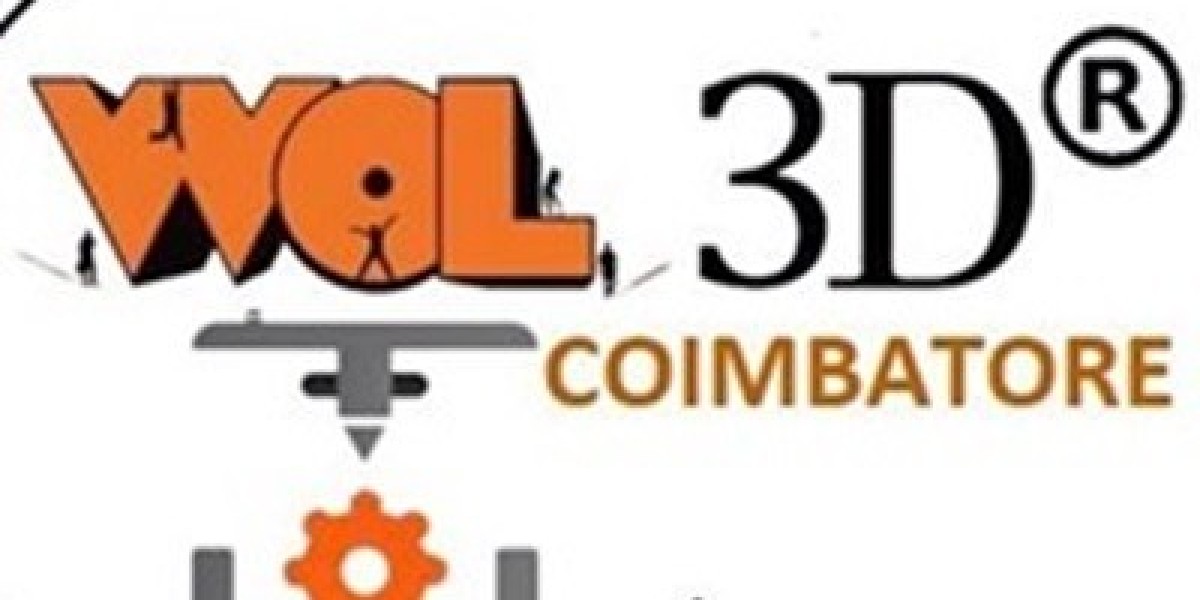When it comes to ensuring the safety and efficacy of pharmaceutical products, the importance of visual inspection cannot be overstated. FDA-compliant visual inspection kits and the USP 1790 particles for visual inspection are integral to maintaining high standards in the pharmaceutical industry. This blog will delve into the essential aspects of these inspections, providing insights into their significance and the standards that guide them.
What are the Two Types of Inspections Conducted by the FDA?
The FDA conducts two primary types of inspections:
1. Routine Inspections: These are regular inspections carried out to ensure ongoing compliance with FDA regulations. They are typically scheduled based on a predetermined frequency, which can vary depending on the type of facility and the risk associated with the products being manufactured.
2. For-Cause Inspections: These inspections are conducted in response to specific concerns, such as complaints, adverse event reports, or significant changes in manufacturing processes. They are more targeted and aim to address particular issues that may compromise product safety or efficacy.
What is FDA Compliance Inspection?
An FDA compliance inspection is a thorough examination of a manufacturing facility to ensure that it adheres to the regulatory requirements set forth by the FDA. This inspection evaluates various aspects of production, including cleanliness, equipment maintenance, employee training, and adherence to standard operating procedures (SOPs). The goal is to verify that the facility consistently produces products that meet safety, quality, and efficacy standards.
What is the USP 790 Standard?
The USP 790 standard refers to the guidelines set by the United States Pharmacopeia (USP) for the visual inspection of injectable products for visible particles. This standard specifies the methods and criteria for inspecting finished drug products to ensure they are free from visible particulates. It aims to protect patients by preventing the administration of contaminated injectable drugs.
Which Inspection Book is Provided by the FDA?
The FDA provides several guidance documents and manuals to assist with compliance, but one of the most referenced is the **FDA Investigations Operations Manual (IOM)**. This comprehensive guide outlines the procedures and protocols for conducting FDA inspections and investigations, ensuring consistency and thoroughness in the inspection process.
What is the ASTM Standard for Visual Inspection?
The ASTM E2500 is a recognized standard for visual inspection, focusing on the qualification of inspection processes. This standard provides guidelines for ensuring that visual inspection processes are validated and effective in identifying defects and non-conformities in pharmaceutical products.
What is USP 1790?
USP 1790 is a critical guideline that provides detailed instructions for the visual inspection of pharmaceutical products, particularly focusing on the detection of visible particles. It outlines the requirements for both manual and automated inspection methods, emphasizing the importance of detecting and removing particulate matter to ensure product safety.
What is the Eye Break for Visual Inspection?
The eye break refers to the practice of taking regular breaks to prevent eye fatigue during visual inspections. It is crucial for maintaining accuracy and reliability in detecting defects. Typically, inspectors are advised to take a 5–10-minute break every hour to rest their eyes and maintain high levels of vigilance and effectiveness.
What is the Particulate Matter Limit for USP?
The USP <788> specifies the particulate matter limits for injectable products. According to this standard, the acceptable limits are:
- For particles ≥ 10 µm: Not more than 6000 particles per container.
- For particles ≥ 25 µm: Not more than 600 particles per container.
These limits are crucial for ensuring that injectable products are safe for administration to patients.
The Role of FDA-Compliant Visual Inspection Kits
FDA-compliant visual inspection kits are essential tools used in the pharmaceutical industry to ensure that products meet the stringent safety and quality standards set by regulatory authorities. These kits typically include magnifying lenses, lighting equipment, and other tools that help inspectors identify visible particles and defects in pharmaceutical products.
The Significance of USP 1790 Particles for Visual Inspection
The USP 1790 particles for visual inspection provide a standardized approach to evaluating the presence of particulate matter in pharmaceutical products. By adhering to these guidelines, manufacturers can ensure that their products are free from harmful contaminants, thereby safeguarding patient health.
Implementing Effective Visual Inspection Practices
To implement effective visual inspection practices, manufacturers should:
1. Train Inspectors Thoroughly: Ensure that all inspectors are well-trained in both manual and automated inspection methods and are familiar with the FDA compliance inspection requirements and USP standards.
2. Maintain Inspection Equipment: Regularly calibrate and maintain inspection equipment to ensure accurate and reliable performance.
3. Adhere to Eye Break Recommendations: Implement eye break protocols to prevent inspector fatigue and maintain high inspection accuracy.
4. Conduct Routine Inspections: Perform regular, routine inspections to identify and address any potential issues before they escalate.
5. Follow USP and ASTM Standards: Adhere to USP 790 and USP 1790 guidelines, as well as ASTM standards, to ensure comprehensive and effective inspection processes.
Conclusion
Ensuring the safety and quality of pharmaceutical products is a top priority for manufacturers and regulatory authorities alike. By utilizing FDA-compliant visual inspection kits and adhering to the USP 1790 particles for visual inspection guidelines, manufacturers can maintain high standards and protect patient health. Understanding and implementing these inspection practices, along with following FDA, USP, and ASTM standards, is crucial for compliance and the production of safe, effective pharmaceutical products.
Incorporating these practices into daily operations will not only help in meeting regulatory requirements but also enhance the overall quality assurance processes within the pharmaceutical industry.








